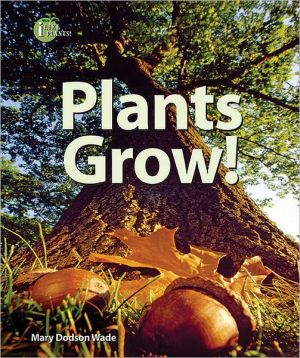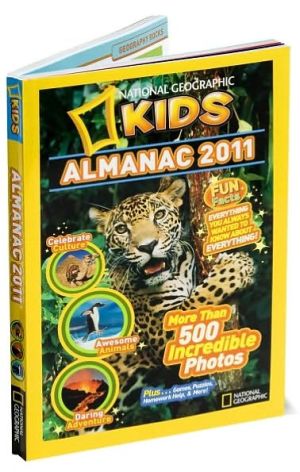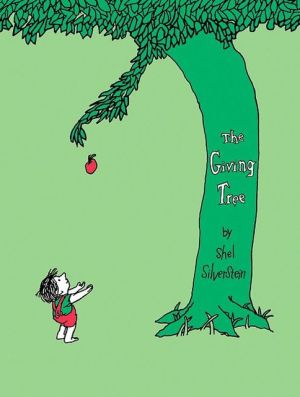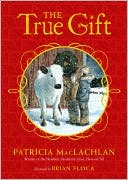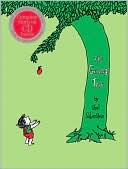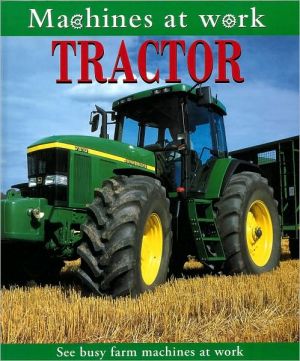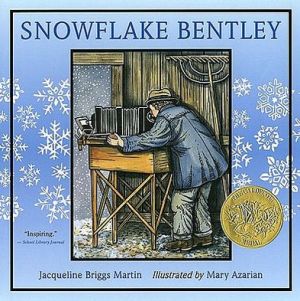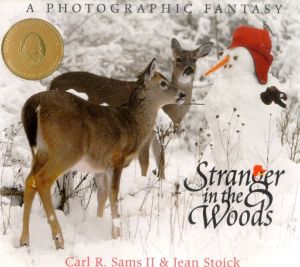Plants Grow!
How does a seed become a plant? Read about the life cycle of plants, where plants live, what plants are used for, and more in the I Like Plants! series.
Search in google:
How does a seed become a plant? Read about the life cycle of plants, where plants live, what plants are used for, and more in the I Like Plants! series.Children's LiteratureHave you ever wondered what is inside a seed's tough cover? It is a new plant that, under the right conditions, will send a small root down into the soil and a stem up out of the ground. In this book, young scientists will learn about the life cycle of a plant, the parts of the plant and the function of each part. Bright flowers, for example, attract insects that pick up pollen and carry it to other flowers; that way, new seeds will be produced and can be spread to new places. From the "I Like Plants!" series written for beginning readers, this colorful and informative book will introduce early elementary students to the life cycle of plants. Large print, straightforward and easily understood text and color photographs on every page will keep the young readers turning the pages. The beginning pages include a table of contents, a brief glossary and an illustration of the parts of a plant. At the end of the book, readers will find a pictorial life cycle of a plant and directions for a simple experiment (sprouting seeds) as well as a short list of books and websites to learn more. This book along with its companion titles would make an excellent addition to elementary classrooms and school libraries. Reviewer: Anita Barnes Lowen
Words to Know 3Start with Seeds 5Roots Start to Grow 7Stems Have Many Jobs 8Leaves Make Food 11Flowers Bloom 12From Flower to Fruit 15Back to Seeds 16Life Cycle of a Plant 18Experiment: Can You See Part of a Plant's Life Cycle? 20Learn More: Books 22Web Sites 23Index 24
\ Children's Literature\ - Anita Barnes Lowen\ Have you ever wondered what is inside a seed's tough cover? It is a new plant that, under the right conditions, will send a small root down into the soil and a stem up out of the ground. In this book, young scientists will learn about the life cycle of a plant, the parts of the plant and the function of each part. Bright flowers, for example, attract insects that pick up pollen and carry it to other flowers; that way, new seeds will be produced and can be spread to new places. From the "I Like Plants!" series written for beginning readers, this colorful and informative book will introduce early elementary students to the life cycle of plants. Large print, straightforward and easily understood text and color photographs on every page will keep the young readers turning the pages. The beginning pages include a table of contents, a brief glossary and an illustration of the parts of a plant. At the end of the book, readers will find a pictorial life cycle of a plant and directions for a simple experiment (sprouting seeds) as well as a short list of books and websites to learn more. This book along with its companion titles would make an excellent addition to elementary classrooms and school libraries. Reviewer: Anita Barnes Lowen\ \ \ \ \ School Library JournalK-Gr 2\ These titles describe plant life and show how people and animals depend on it to survive. Glossaries appear in the front of the books, enabling readers to familiarize themselves with new vocabulary prior to reading. Flowers Bloom! chapter titles pose questions, with a combination of photographs and text supplying the answers. People Need Plants! illustrates the role plants play in our environment as shelter, clothing, food, and medicine. In Plants Grow! , the life cycle and parts of a plant are discussed in a clear, concise manner. Beautifully detailed professional photographs of plants, animals, and people complement the subject matter. Each book includes a simple activity. Unfortunately, some of the Web site addresses have already changed, but with a little digging, readers can find them.-Colleen D. Bocka, Nathaniel Rochester Community School, Rochester, NY\ \ \
